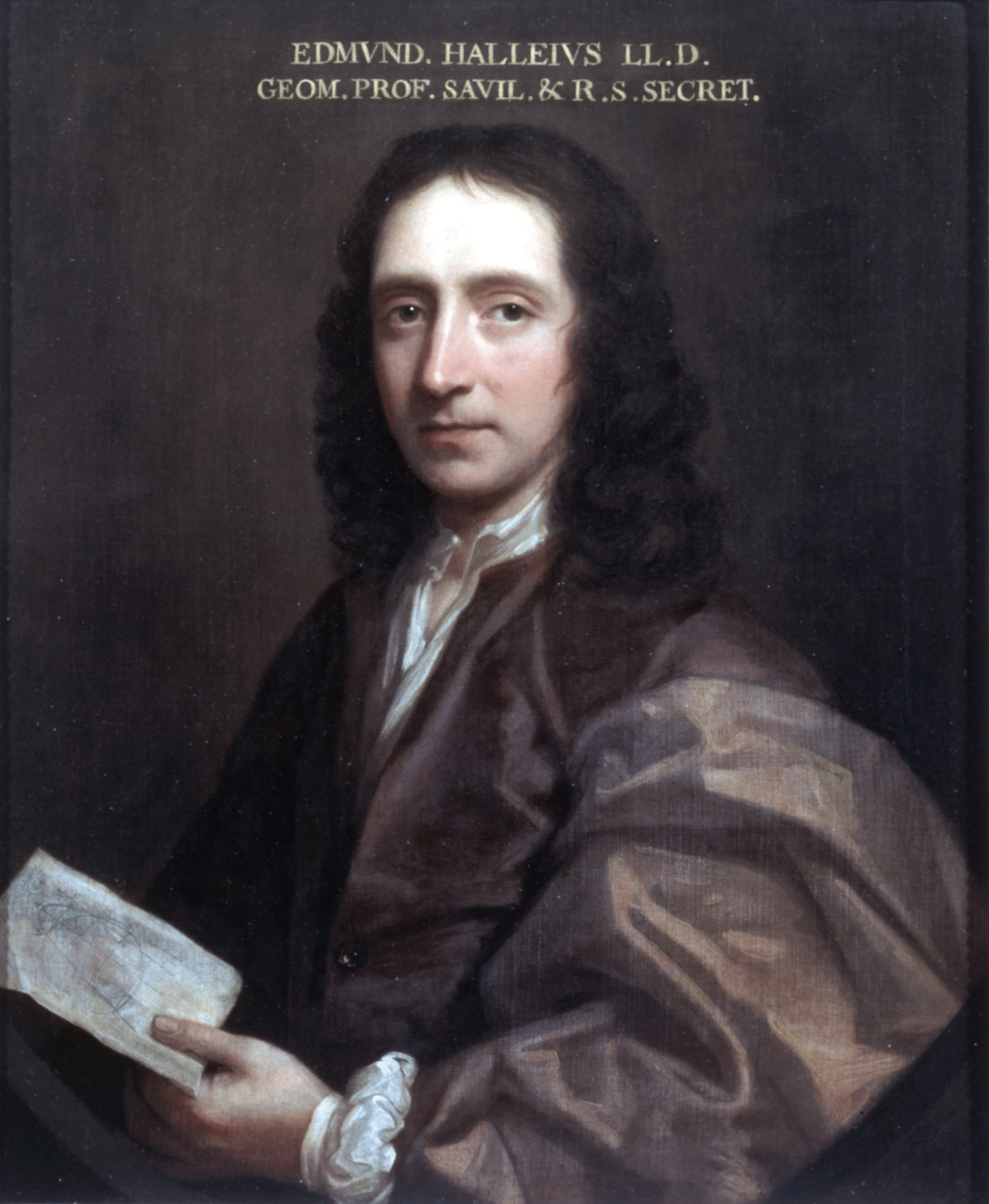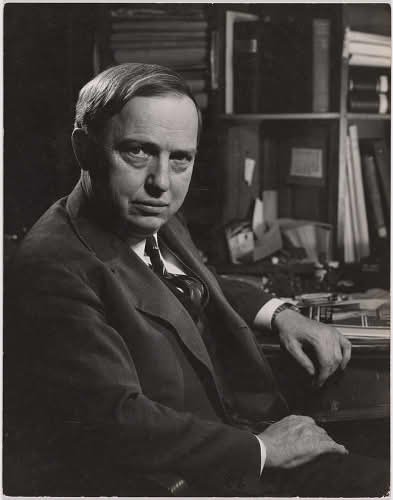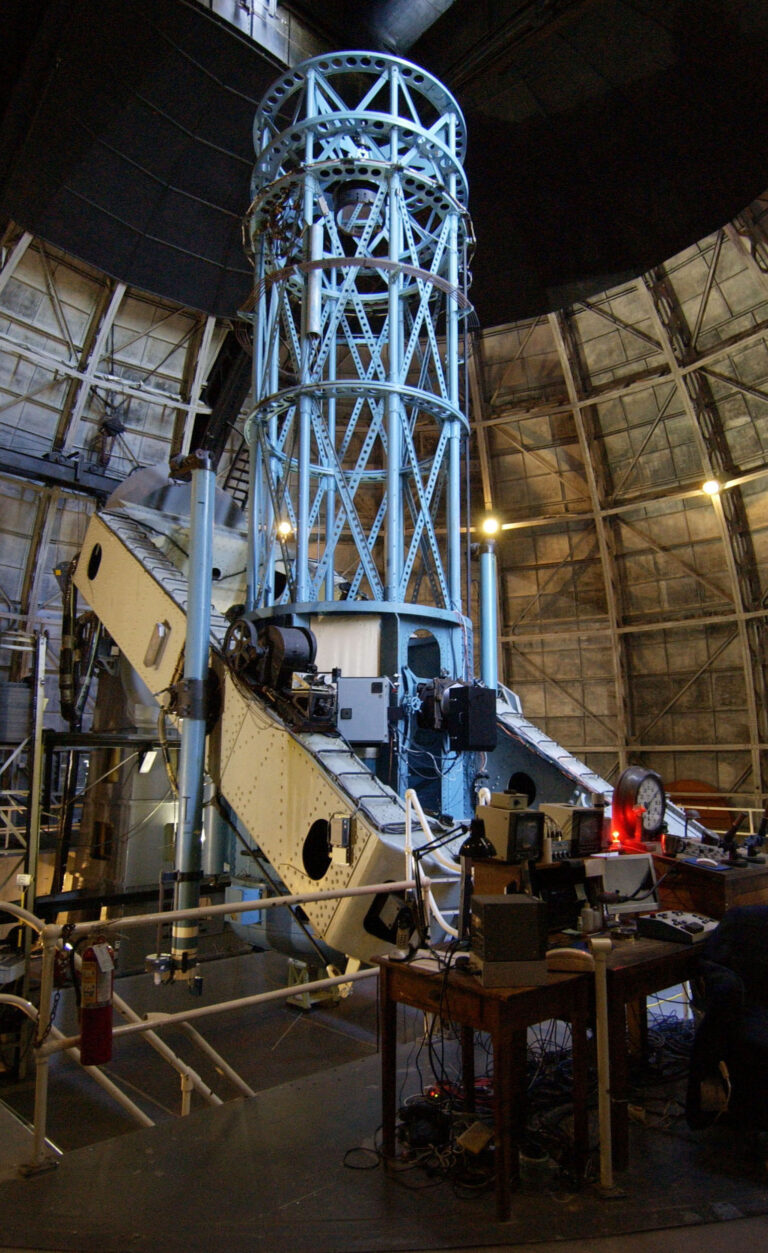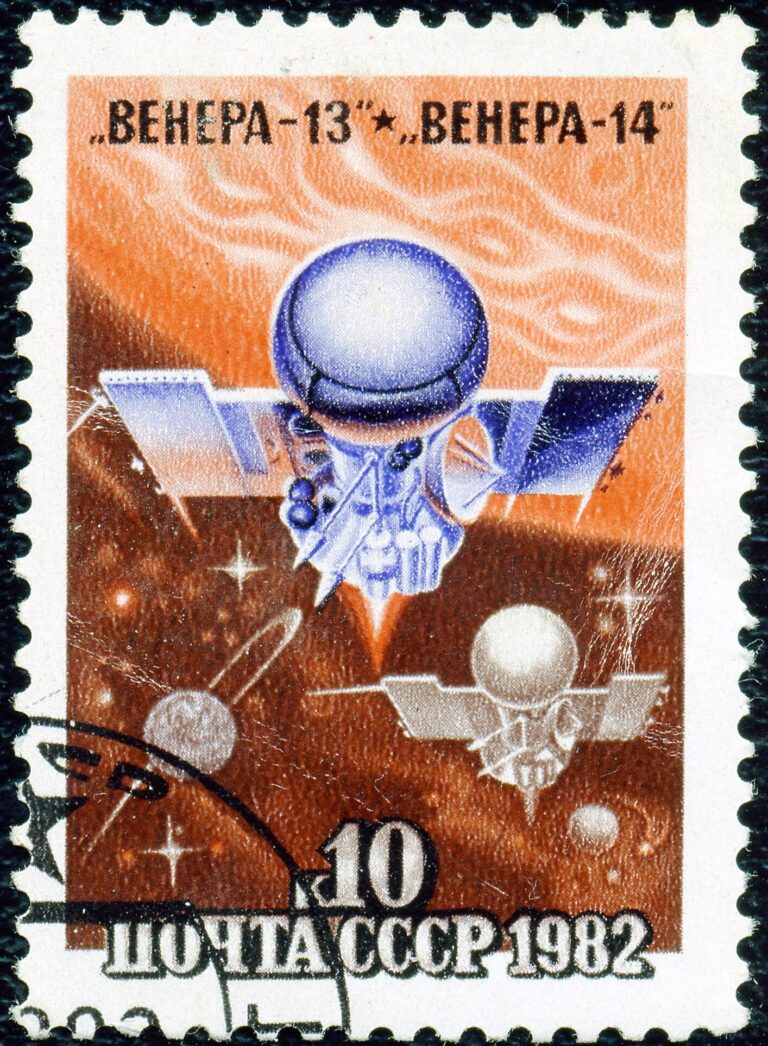
Key Takeaways:
- Edmond Halley, born November 8, 1656, is recognized for his mathematical prediction of Halley's Comet's return in 1758, despite not being its discoverer or having observed it.
- Halley applied Isaac Newton's theory of gravity to calculate the orbit of the comet named after him.
- He independently financed the publication of Newton's seminal work, *Philosophiæ Naturalis Principia Mathematica*.
- In 1676, Halley compiled the first catalog of the southern sky following a year of stellar position measurements on the island of St. Helena.
It’s been said that the general public knows three astronomical objects: the Moon, the rings of Saturn, and Halley’s Comet. English astronomer Edmond Halley, born Nov. 8, 1656, didn’t discover the object named for him. In fact, he never even saw it — but his mathematical prediction of its return in 1758 guaranteed his place in history.
Halley was a friend of Isaac Newton and used Newton’s theory of gravity and to calculate “his” comet’s orbit. In fact, Halley published at his own expense the book Newton wrote explaining the theory, Philosophiæ Naturalis Principia Mathematica. In 1676, Halley sailed to the island of St. Helena in the South Atlantic Ocean and spent a year measuring stellar positions, the result of which was the first catalog of the southern sky.









